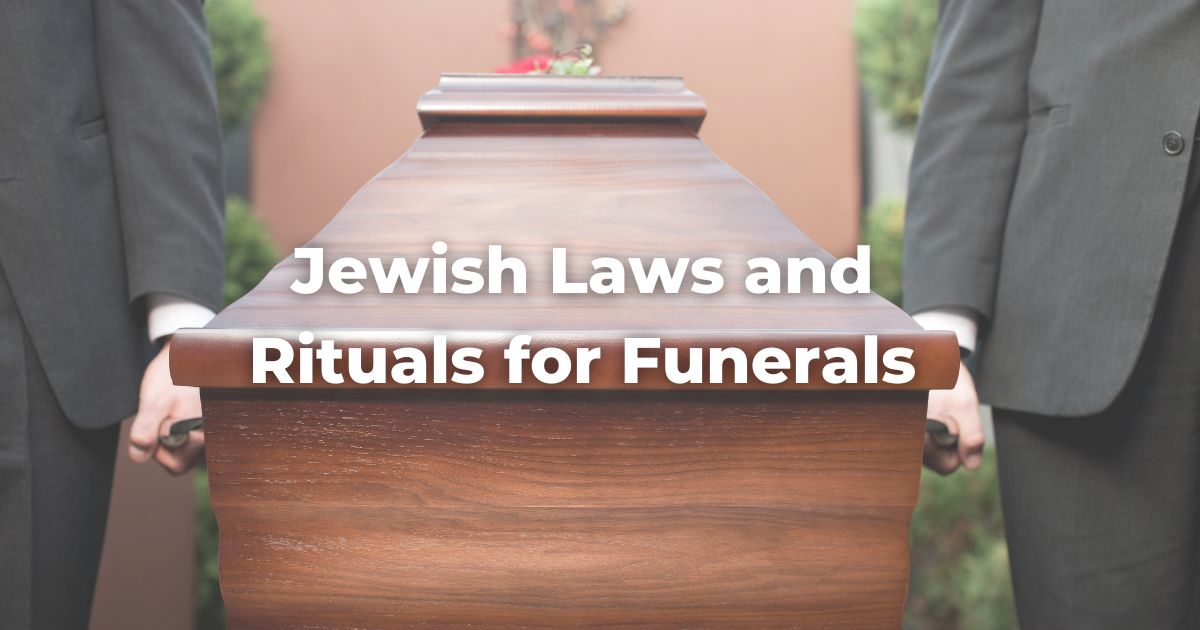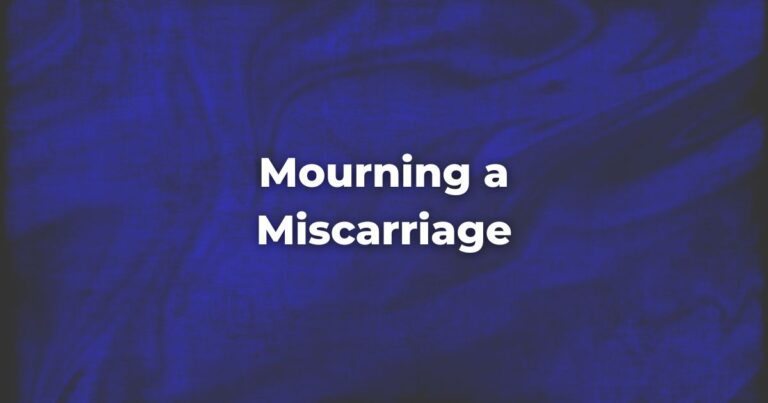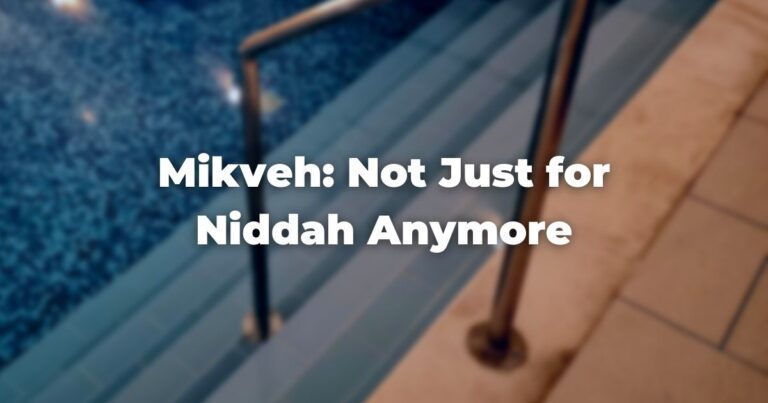What are the Jewish laws and rituals regarding funerals?
Table of Contents
Preparation for Burials
An essential element of reverence for the dead is the rite of ritual purification. This act is the most important part of readying the body for burial and should be undertaken as soon as possible after death.
The washing and purifying of the body is done by members of a ḥevra kaddisha, a Jewish burial society.
The actual ritual of cleansing the body is called tohorah, purification. (The more common pronunciation is taharah.) The entire body is washed with the prescribed quantity of water while certain appropriate prayers are recited.
The body is treated with extreme dignity and respect and, indeed, among the most essential elements in the training of a ḥevra kaddisha is instruction in the best way to preserve the dignity due the deceased.
The tohorah procedure need not be done at a Jewish funeral home.
Many non-denominational homes have the proper facilities for the performance of the ritual. It should, however, only be undertaken by Jews who are trained to serve as members of a ḥevra kaddisha.
If the body is very badly mutilated—for example, if someone dies in a traumatic accident—the deceased individual should be placed in the casket in his or her bloodstained clothing without a full tohorah.
A rabbi or an expert should be consulted in such matters.
Individuals who die during surgery, however, may be cleansed with a full tohorah. In such a case, bloodstained sheets or drapes are interred with the deceased if there is any possibility that the bleeding was posthumous (Shulchan Arukh, Yoreh Deah 364:4).
It is a universal custom for the deceased to be buried in shrouds rather than regular clothing.
These shrouds, called takhrikhim, are simple white garments without pockets. The shroud has great symbolic meaning. All Jews are buried in similar shrouds because in death all are equal.
The shroud has no pockets, because we take nothing with us when we die. The white color indicates purity and innocence, and reflects the rabbinic belief that death itself may be perceived as the great kapparah that atones for the sins and indiscretions of a lifetime (cf. Shulchan Arukh, Yoreh Deah 338:2).
Traditionally, a man is buried in a tallit. Women and non-binary individuals who wore a tallit while alive are also buried wearing a tallit. One fringe is cut from the corner of the tallit as a symbolic statement that the deceased is no longer obligated to observe the mitzvot..
The Casket
Where a casket is used for interment, it must be a so-called kosher casket—that is, one made entirely of wood.
The purpose of using a casket made entirely of wood is to allow the process of decomposition to occur as quickly and naturally as possible.
In some countries, including Israel, the norm is for the dead to be buried wrapped only in a winding sheet.
If cemetery rules require the use of a vault, the top of the casket should be covered with earth before the vault is put into place.
The above-ground disposition of the bodies of deceased individuals is wholly inconsistent with Jewish tradition as it is not a form of burial at all.
Embalming is prohibited except in cases where it is required by law, such as when the body is transported long distances or across state or international boundaries.
In such cases, the minimum amount of embalming that is possible should be done, and nothing should be done that would damage or disfigure the body.
Another way of showing respect to the dead is not leaving the body unattended from the time of death until the funeral.
This is accomplished either by family members and friends taking turns attending the body or by engaging a guard, called a shomer or shomeret (plural: shom’rim), to remain with the body until the funeral begins. It is traditional for the shom’rim to recite psalms.
In modern times, when far more people die in a hospital than at home (and when even those who die at home are routinely taken to a hospital and pronounced dead there), it is often impractical for shom’rim to attend the body of a deceased individual when it is brought to the hospital morgue.
Most rabbis agree that it is not an offense to the dignity of the dead for a body to be stored in a guarded morgue until it is retrieved for the funeral.
In the event of a hospital death, the body should not be left alone, even briefly, until it is taken to the morgue. From the moment the body arrives in the funeral chapel, however, shom’rim should be present so that the body is not left unattended between that time and burial.
While in many jurisdictions members of the immediate family are required to identify the body of a deceased individual before the funeral may begin, this should be a private moment to which no attention is drawn.
It is never appropriate to leave a casket open for a public viewing of the dead.
The Funeral Ceremony
The Jewish funeral is generally a brief and dignified ceremony. It includes the recitation of appropriate psalms, a eulogy, and chanting of the El Malei Raḥamim, a memorial prayer in which the name of the deceased is specifically mentioned.
Even though it is desirable that the funeral occur as soon as possible after death (even, where possible, on the same day that death occurs), it may also be delayed for a few days to allow time for family members to arrive from distant locations.
Traditionally, the officiating rabbi delivers the eulogy at a funeral.
There is a growing trend, however, to invite friends or family members to deliver their own eulogies as well.
Either choice is valid, whether just having the rabbi speak or also having a few family members share words. The decision around the eulogy should be made taking the families wishes into account.
Different congregations have different customs about whether the synagogue may be used for funerals. It is good to check with your synagogue around these practices.
For some, only the most highly respected members were afforded this honor, and the use of the synagogue for funerals was frowned upon as a general practice. There are also congregations that extend the privilege of sanctuary funerals to all members in good standing.
As noted above, funerals should take place as soon as possible after death, but no funeral may occur on Shabbat.
While it is theoretically permissible for funerals to be held on Jewish festivals in order not to delay burial, this practice is strongly discouraged because it will most likely lead to many violations of the festival laws.
If, however, the funeral does take place on the first day of the festival, all the work that is forbidden on the festival must be done by non-Jews (Shulchan Arukh, Orach Chayim 526:1). On the second day, Jews may perform work that is connected to the funeral (Shulchan Arukh, Orach Chayim 526:4).
Most Conservative rabbis will not perform funerals on either day of a two-day festival.
It is permissible to delay a funeral slightly if the deceased wished to be buried in Israel and special transportation arrangements have to be made.
If there is a legal issue involved, such as a criminal investigation, the funeral may also have to be delayed. In such a case, the bereaved continue in their state of aninut until the funeral actually occurs.
It is not traditionally the custom for flowers to be used in Jewish funerals in the United States, Canada, or most Western countries.
In Israel, however, the use of flowers is considered acceptable. Both in Israel and the Diaspora, however, it is more appropriate to donate the money that would have been spent on flowers to a charitable cause that might benefit the living and do honor to the dead.
Traditionally, no eulogy is delivered on days when the Taḥanun prayers are omitted (for example during Hanukkah and the Hebrew month of Nisan), as well as on the eve of Shabbat or a holiday (Shulchan Arukh, Orach Chayim 697:1).
Words of a general nature to comfort the mourners are permitted in such situations, however, including brief remarks about the fine attributes of the deceased.
Many rabbis today blur the distinction between these two kinds of public discourse about the dead, feeling that the needs of the bereaved and the dignity due the dead are best served by delivering speeches virtually indistinguishable from eulogies on such occasions.
The El Malei Raḥamim prayer is omitted on days when Taḥanun is omitted, but substitute prayers with similar themes may be recited in its place.
The Burial
In ancient times, the dead were carried to their graves directly from the funeral either in a casket or on a bier. Today, it is far more regular to have the funeral and the burial in locations at some distance from each other.
In such cases, the traditional funeral procession bearing the casket from the hearse to the grave is led by the mourners, who walk either in front of or behind the casket, as soon as possible after the hearse arrives in the cemetery.
The casket is generally carried or accompanied by pallbearers.
Traditionally, these pallbearers are Jewish, and may include family members, including the mourners themselves. However, some traditions discourage or even forbid mourners from being pallbearers, and this has become the standard practice in modern times.
When possible, it is traditional for the funeral procession to stop seven times on the way to the grave as Psalm 91 is read aloud. However, no stops are made nor is Psalm 91 read aloud on days on which Taḥanun is not recited.
The seven stops are derived from the seven times the word “vanity” is mentioned in the Book of Kohelet, also called Ecclesiastes. These stops are sacred moments for the bereaved to consider the fragility of life and the profound meaning of death as they participate in the burial of a loved one.
When the procession arrives at the grave, the casket is placed in the grave with the deceased face up and his or her feet toward the entrance of the cemetery or toward the road leading to the entrance. The family and others then cover the casket with earth.
The tradition is to use the shovel in the inverted position for the first two or three scoops and only then to use it in its normal manner, intending that this unnatural and inefficient procedure serve as a sign of reluctance to part from the deceased.
Actually shoveling earth into the grave of a beloved family member is very difficult. Nevertheless, the mourners, even the children of the deceased, should be encouraged to do so.
There is a profound psychological value in hearing the sound of the clods of earth on the casket, and this leads in a healthy way toward confronting the reality of one’s loss. However, if the decedent has left behind young children, it is normal not to ask them to participate actively in the burial.
The shovel should not be passed from person to person, but should rather be returned to the mound of earth after each person uses it.
Each individual who participates in the burial, therefore, does so wholly as a function of his or her own desire to participate in this final act of caring for a beloved relative or friend, which act has traditionally been called the ḥesed shel emet, the most selfless of all acts of charity.
Except on days when Taḥanun is not recited, a special prayer called Tzidduk Ha-din, in which God’s judgment is formally acknowledged and accepted, is intoned. The El Malei Raḥamim prayer is sometimes repeated at the cemetery as well.
Except on days on which Taḥanun is not recited, the service is concluded with a long, unusual version of the Kaddish called either the Burial Kaddish or the Kaddish De’it·had’ta, which adds to the body of the Kaddish references to the Jewish belief in eternal life and a messianic time when idolatry and strife will be eliminated from the world.
Since this Kaddish has many extra unfamiliar words, there is also a custom to do the typical Mourners Kaddish instead, especially if the mourners won’t be able to recite the Burial Kaddish.
The name Kaddish De’it·had’ta derives from the first important word in the prayer that deviates from the normal Kaddish formula. On days on which Taḥanun is not recited, the standard Mourner’s Kaddish is recited at the end of the burial service instead.
Exiting the Cemetery
When the mourners leave the cemetery, the assembled form two parallel lines so that the mourners may walk between them as they leave the gravesite and hear some first words of comfort.
Usually, the traditional formula ha-makom y’naḥeim etkhem b’tokh she·ar aveilei tziyyon virushalayim (“May God comfort you among the other mourners for Zion and Jerusalem”) is recited, but other expressions of comfort may be substituted by well-wishers uncomfortable with the Hebrew or with the traditional formulation.
These words are also said to mourners when visiting during the mourning week.
One of the more mysterious Jewish customs is the practice of placing one or more stones on the gravestone or on the grave before leaving the cemetery.
This custom has been interpreted in several ways, but the most likely is also the simplest: in harsher times, when graves that appeared to be abandoned and unvisited were reused by civil authorities, family and friends were anxious to leave some physical sign of their visit for cemetery officials to notice.
Today, we place a little stone on the big stone as a way of expressing our hope that the grave remains intact and that God, known in the liturgy as the Rock of Israel, continues to watch over it when those who now visit the grave are themselves gone from the earth.
Either when leaving the cemetery or else when arriving at the house of mourning, all the participants should wash their hands, symbolically removing the impurity of death from them.
A pitcher of water should be placed outside of the cemetery or at the front door of the house of mourning for this purpose. There is no real halakhic importance to this act.
Indeed, the ritual the TorahRefers to the first five books of the Hebrew Bible, the Tanakh, also called the Five Books of Moses, Pentateuch or the Hebrew equivalent, Humash. This is also called the Written Torah. The term may also refer to teachings that expound on Jewish tradition. Read more ordains for purification after contact with the dead is far more elaborate than merely washing one’s hands and cannot be carried out today in the absence of a Temple in Jerusalem.
Therefore, we content ourselves with this simple gesture instead. Because the washing is symbolic, there is no blessing recited. One simply pours water over both hands and then sets down the pitcher for the next person.
As with the passing of the shovel, it should not be handed from one to the next. The questions of where and under what circumstances to bury the non-Jewish spouse and/or children of a Jewish individual are discussed in detail in a responsum jointly written by Rabbis Kassel Abelson and Loel Weiss that was approved by the CJLS in 2010 and which is available for readers’ perusal on the website of the Rabbinical Assembly.
Adapted with permission from The Observant Life.
Authors
-

-

The Observant Life: The Wisdom of Conservative Judaism for Contemporary Jews distills a century of thoughtful inquiry into the most profound of all Jewish questions: how to suffuse life with timeless values, how to remain loyal to the covenant that binds the Jewish people and the God of Israel, and how to embrace the law while retaining an abiding sense of fidelity to one’s own moral path in life. Written in a multiplicity of voices inspired by a common vision, the authors of The Observant Life explain what it means in the ultimate sense to live a Jewish life, and to live it honestly, morally, and purposefully. The work is a comprehensive guide to life in the 21st Century. Chapters on Jewish rituals including prayer, holiday, life cycle events and Jewish ethics such as citizenship, slander, taxes, wills, the courts, the work place and so much more.
View all posts






